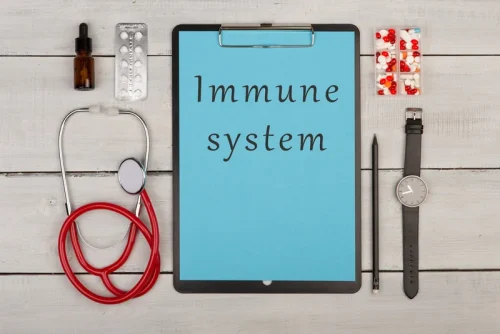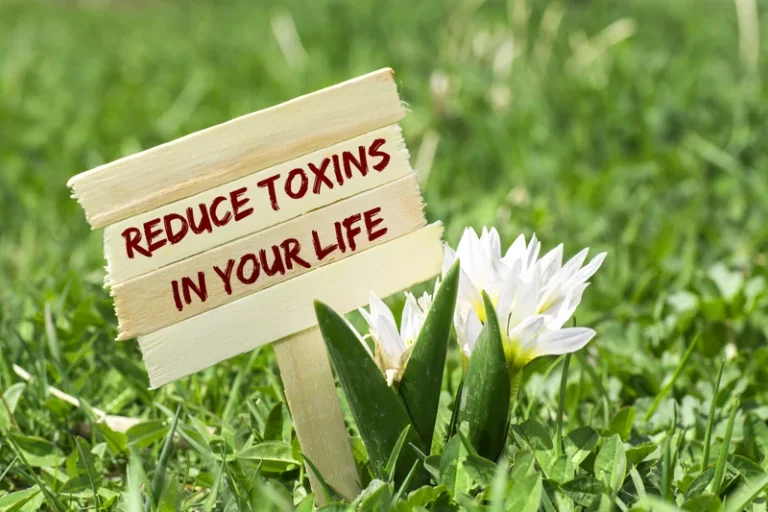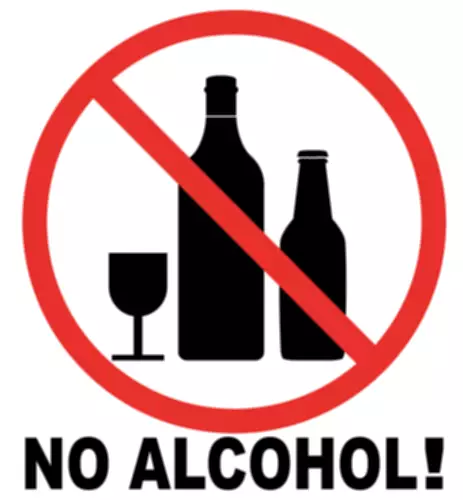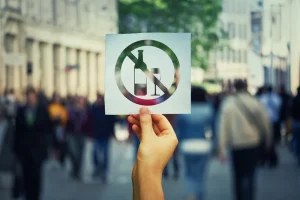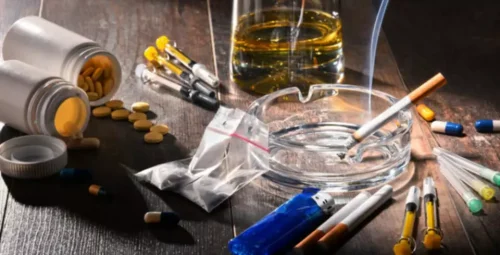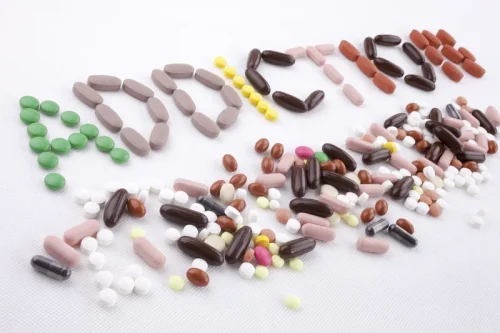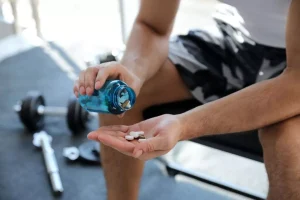
Creating an emergency contact list is a practical step in these situations. This list typically includes trusted individuals, such as close friends, family members, sponsors, or therapists, who can offer assistance, guidance, or a listening ear when needed. The list should be easily accessible, ensuring that help is just a call or message away during challenging times. A readily available support system can make the difference between maintaining sobriety and succumbing to relapse.
When to Seek Help During the Recovery Process
- If a person has reached the stage of mental relapse, they are at a greater risk of a full-blown slip, i.e., returning to drug use or drinking.
- Part of the recovery process includes talking about relapse, and learning healthier ways to cope with triggers that can lead to it.
- Some relapse prevention skills that can help you manage triggers include implementing relaxation techniques, engaging in mindfulness practices, or seeking assistance from your support network.
- Triggers are the people, places, emotions, or situations that can lead to cravings and a potential return to substance use.
- Lauren completed the Advanced Standing Program at Southern Connecticut State University and holds her Master’s Degree in Social Work.
This awareness empowers individuals to develop effective strategies for relapse prevention, ultimately improving their chances of maintaining long-term sobriety. Relapse prevention strategies involve maintaining recovery from addiction or harmful behaviors. One approach is identifying triggers, such as stress or social situations, and developing coping skills to manage them effectively.
- However, in some cases addiction withdrawal symptoms can last for several weeks or months and cause a person to relapse.
- This is the earliest stage of relapse from where it is the easiest to turn around.
- It encompasses various practices and activities to enhance mental, emotional, and spiritual well-being.
- You will learn how to recognize and handle triggers, build a strong support system, and prioritize self-care.
- She has received training in Internal Family Systems, Brainspotting, Dialectical Behavioral Therapy and the 12-steps, Trauma therapy, and Cognitive Behavioral Therapy.
- She believes in the importance of 12-step recovery as well as other evidence-based practice in preventing relapse, which is a central focus of her work.
Identify Triggers
- Remember, reaching out for help and support is vital if you ever feel overwhelmed or struggling.
- It’s essential to work with a healthcare professional or counselor to identify and develop coping skills that work for you and to continually practice and refine these skills over time.
- Seeking treatment for a relapse is vital to lower the risk of health complications and a fatal drug overdose.
- From understanding the stages of relapse to staying engaged in recovery, each section of this blog post will focus on a specific aspect of relapse prevention.
By devising a plan that addresses your unique triggers, high-risk situations, and coping strategies, you can better anticipate challenges and prepare yourself to face them effectively. The journey of addiction recovery is filled with ups and downs, challenges, and triumphs. One of the most critical aspects of this journey is relapse prevention, as it helps individuals maintain their hard-earned sobriety and continue on the path to a healthier, happier life. what is relapse, and give 3 skills for preventing it from happening. In this blog post, we will explore 10 proven strategies to prevent relapse, delve into each strategy’s importance, and provide practical tips on how to implement them in your life. By understanding and applying these strategies, you can increase your chances of long-lasting recovery and minimize the risk of relapse. This component involves teaching practical skills essential for maintaining sobriety, such as coping strategies for managing cravings.
The Role of Physician Liaisons in Strengthening Healthcare Networks
Another method involves creating a strong support network, including friends, family, or support groups, to provide encouragement and accountability. Developing a relapse prevention plan early in https://ecosoberhouse.com/ the recovery process and revising it regularly can be crucial for long-term success. The plan should include specific action steps and strategies for preventing relapse and promoting recovery.

During our 1-year fellowship, fellows will have experiences in substance use detoxification, residential treatment, medication-assisted treatment, pain management, and research endeavors. By Geralyn Dexter, PhD, LMHCDexter has a doctorate in psychology and is a licensed mental health counselor with a focus on suicidal ideation, self-harm, and mood disorders. It can bring on feelings of shame, frustration, and often cause someone to feel as if they are incapable of changing their behavior or achieving their goals. Research shows that social support indicates long-term success, while peer pressure and unsupportive relationships can lead to relapse. Self-efficacy refers to a person’s confidence in their own ability to achieve something. When a person’s self-efficacy is low, they may have a hard time believing in their ability to maintain sobriety.
Immediate Steps To Take After A Relapse
They can provide expert guidance, help you identify your triggers, and suggest coping strategies that are tailored to your needs. By working together, you can create a plan that is both effective and sustainable in the long run. This treatment focuses on teaching skills to recognize triggers like stress or thoughts. By knowing triggers early, individuals can develop coping skills to handle them in healthier ways.
How to avoid a relapse when things seem out of control

Recovery from addiction or harmful behaviors is often a long and difficult journey. Without a solid relapse prevention plan, it is easy to return to old patterns, especially during stressful or challenging times. Developing and practicing effective coping skills is crucial for addiction recovery, as it can help individuals navigate challenges and avoid relapse. It involves taking the time to tend to your mental and physical health, such as getting enough sleep, eating healthy food, and exercising regularly.
Mindfulness And Meditation
